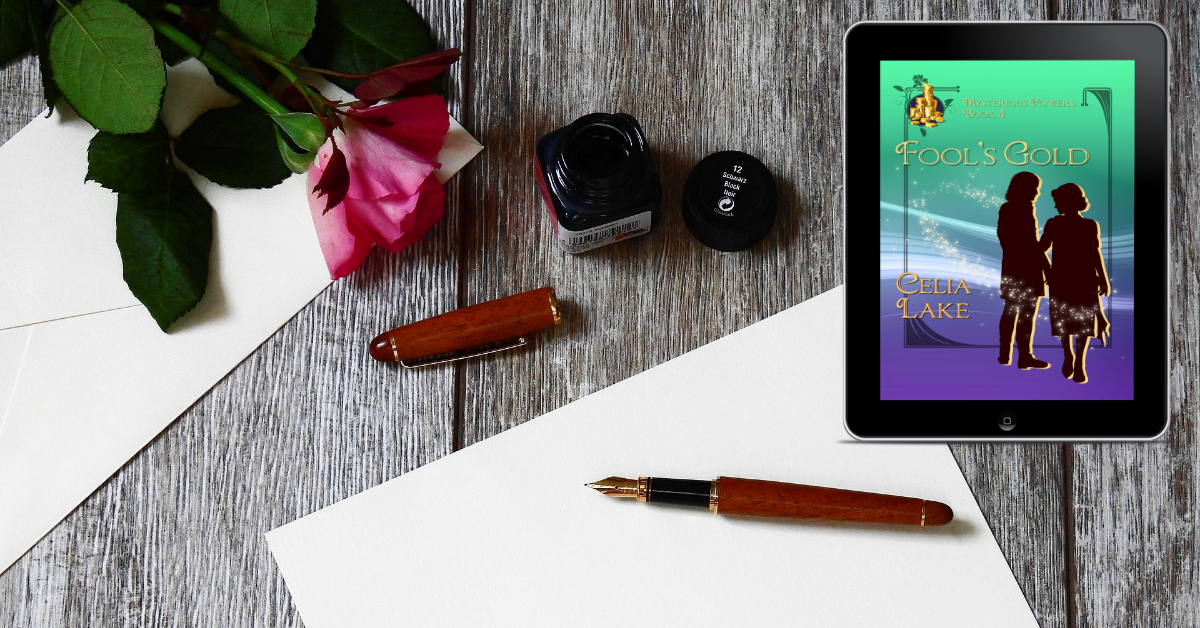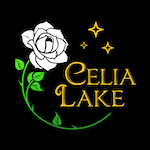Hello, and welcome to my newly redesigned website! I wanted to take a moment to share some of what you can find now. I’ve also revamped and redesigned my authorial wiki, and this post also has more about what you can find there.
My goals
I’ve written an ever increasing number of books, and I have a lot more in mind. While you can absolutely still read almost all of them in any order you like, I wanted to make it easier to find the books you’re interested in.

Here’s what the website and wiki now make possible. Read on for more specifics and a lot of links.
A way to follow characters or larger arcs across multiple books. Are you curious about a particular character? The wiki will let you find out all the places they appear, and which books are significant. Curious about the full arc of the books about the Carillons or the Edgartons or the Council? You can find lists and brief notes about each book in one place.
A way to find the books you’re most interested in (or avoid the books that aren’t your thing, or not right now). To make this easier, I’ve created tags, content notes, and a list of books with context that let you browse for those things you want to read.
A way to put books in order in different ways. With books reaching from 1882 to 1940 right now (and expecting more Victorian-era books to come, as well as books up through 1947 or so), timelines and internal chronological order start becoming a lot more useful.
A site that fits the feel of my books – and highlights my gorgeous covers. I love my covers so much. Augusta does an amazing job on them. I’m delighted to have a site that puts them front and centre. You’ll notice other details like the header font matching my cover font.
Here on my website
I’ve moved a few things around, and you can now find a range of information resources under the “More information” menu item on every page of this site.
Want a place to start? I have a new page with reading order suggestions, including some great books to start with, a few notes about which books may be best in a particular order (and why), and links to the books that start each series. You can also find a range of links to the authorial wiki here in one place.
Have other questions? Check out the newly improved questions and answers page. It has answers to a number of questions people have asked me about where best to get my books, where to get more details, and a lot more.
Finding books
Some things are pretty consistent in my writing – kindness, competence, consent, making the world a better place, and a range of disability representation. But maybe you’re looking for something specific? You can now explore those in four different ways, with just a couple of clicks or taps.
- Explore books by when they take place (sorted into eras). These are chronological, with the earliest book in the period listed first.
- Explore books by focus (like solving a mystery, LGBTQIA+ romances, or focusing on a particular character), character experiences (diverse backgrounds, ongoing disabilities, or neurodiversity), by how they relate to Albion’s magic, or by trope (like friends to lovers).
- You can check into details about specific books both in the content notes page (in the main site menu) or by opening the “Content” note on every book’s page following the book description and above the tags.
- Each book page also has a list of books that relate in some way. I choose these by hand, based on a theme in the book. You can explore the other relationships with the tags on the book page. (Books from the tag links are listed in alphabetical order.)
The wonderful thing about this for me is that these book grids will update automatically as I add new books. If you think I’ve missed a book from a group it should be part of, just drop me a note via my contact form or replying to my newsletter and let me know which one.
Exploring the blog
Finally, you can explore blog categories from the sidebar (the 3 bar ‘hamburger’ icon to the right of the top menu), as well as finding all the posts that mention a specific book with the tags cloud.
I do plan to go into my old blog posts and clean up some tags and formatting, but nothing will change there about the content.
Authorial wiki
Have you explored my authorial wiki recently? Did you know that I have one? It’s done using a service called WorldAnvil, designed for role-playing gamers, worldbuilders, and authors. Over the past couple of months, I’ve had someone create a theme that suits my books and he did some gorgeous work to make it bright and colourful.
Come check it out: start from the main page of the site. You can navigate to different sections using the menu in the left sidebar with the different icons (which will expand with a text label when you hover over them with a cursor). Or you can use the World Codex links at the bottom of every page to navigate. In the codex, icons (of anything but a single page) indicate that there are more pages underneath that – just click or tap to see more of the list.
Learn more about the site and get some navigation tips from the handy guide to my site.
I update the site right around the time a new book comes out, and you can check the last update date on every page (where it says “Last updated as of…” and the book title, month, and year.)
Some helpful tips
- Links are in red, underlined, or both.
- The oval coloured boxes with white text are spoiler boxes – click or tap to reveal the information. This is so you can decide what you want to know about particular books or spoilers. You can find these boxes on all the character pages (both about which books they’re in, and the family details), along with some other background details. There’s an example to try it out on the guide to the site.
- On pages that include smaller versions of the covers (like the pages about particular arcs), you can click on either the cover image or the title of the book to go to that book’s page and learn more.
- Let me know if there’s something else that would make navigation easier for you.
What’s on the site?
From here, you can explore and find pages about people (here’s the index of all character pages right now), places (see below), books and series. Each person’s page shares the other places they appear as well as background information. Each book’s page summarises who’s in that book, and links to key locations and other information. If you haven’t looked at the site for a while, I’ve added some character pages for some ongoing secondary characters who keep appearing.
You can also explore how books connect through larger arcs, such as the Carillon family, the Edgarton family, the Fortier and Landry families, the Council, or the Penelopes and research.
The “Books with Context” page (listed with the other arcs and series) shares different aspects of books you might want to seek out or avoid. It’s another form of the infromation in the content notes and book page tags on this website, but I can include a brief summary there of what’s relevant.
Maps
One of the great tools WorldAnvil offers is the ability to share maps – and link pins on those maps to different pages. The Maps and Places page gives an overview of all the maps.
You can click on items in the map and then onto the linked page to learn more. If you click on the small link to the bottom right of the map that says “Full Size”, you can see the map at a larger resolution, and clicking on an item will open up information about it in a sidebar panel (depending on the size of your screen).
Because Albion is very long north-south, I’ve focused on southern England and Wales (where most of our events take place). You can click and drag the map to move the area that’s visible, or zoom in and out. The dots on the decorative map are so I can align where the pins are better – they’re a range of useful cities and locations.
Maps you can explore include:
- A map of Albion, showing the Five Schools, significant plot locations, and particularly notable demesne lands. This map has options to filter which items you see using the layer tool in the top right of the map that looks like a stack of paper.
- Demesne lands showing all the landed estates mentioned so far (including some that have only had a brief reference).
- The location of portals mentioned so far. These are colour coded by whether they are Fatae created, defunct, or more recent (and still active), and you can also view filter these by layers.
- There are also separate maps of Trellech and Schola.
Timeline
Finally, WorldAnvil makes it easy to have a variety of timelines for different purposes. Thanks to a recent update on the site, events from these timelines now also appear on the pages of people or events they’re linked to. You can also click or tap to get more information by selecting the links or character images on each entry.
Timeline events also appear on specific character pages, as relevant, so it’s easier to see key events for characters and some other groups.
Three timelines to explore
- The main Albion timeline only includes published books (no extras, no character events)
- The Books and Extras timeline includes all the published books, but also has entries (at the appropriate point in the timeline) for each extra or section of an extra.
- Character events including births, deaths, marriages, Council challenges, some key educational or professional changes. I’ve included the birth of children for ongoing characters whose children are mentioned or are likely to be in future books.
That’s a lot of information!
It is. Don’t feel overwhelmed – my hope is that you’ll dip in and out of these resources as you want to. I’m always happy to answer a question. Part of the reason these two sites have the information they do is so that I can very easily share an answer down the road.
If there’s other information you’d find helpful, please let me know. I’m glad to see what I can do!

[…] list the key information about that in the author’s notes for the book, on my authorial wiki, and in other useful […]
[…] You can find a guide to all this information if you’d like more details. […]